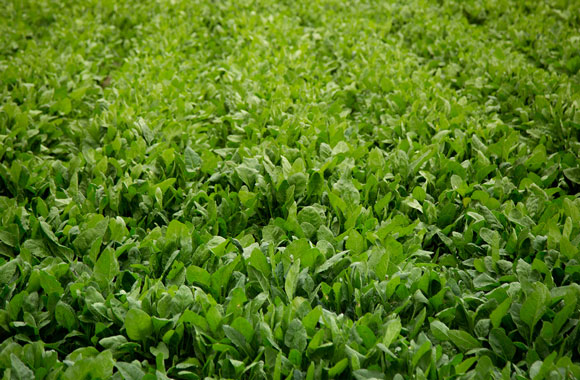Apr 1, 2021Three Reasons to Consider a Humic Acid Program
{Sponsored} “Vegetable growers have one main goal, and that is to produce the best crop possible in the most cost-efficient way,” said Dan Jones, regional branded products territory manager, Southwest and South San Joaquin Valley, Wilbur-Ellis Agribusiness. “Growers are often leery about using humic acids in their fields because they haven’t seen the desired benefits, but proper application rates can actually provide a big return on investment (ROI).”
With fast turns and shallow roots, growers know keeping yield and quality above standard grade with vegetables is a challenge. Humic acids hold and promote nutrients, water, and air in the soil, creating a healthy rhizosphere and promoting root development, even in harsh conditions.
Jones has been working with humic acids on a variety of vegetables for more than 30 years, and says there are three key benefits to humic acid application on vegetable fields:
- Greater efficiency of phosphate fertilizers. A humic acid makes your fertilizer work harder for you, as it allows the fertilizer to be more accessible to the plant for a longer period of time.
- Improved soil health. Humic acids enhance soil structure, health, and porosity to increase nutrient availability and plant uptake. They also provide a food source for beneficial microbes within the soil.
- Enhanced crop quality and increased yields. Jones says that growers tend to see humic acids really pay off at the end of the season. “I worked with a grower in California who didn’t believe that there was value in humic acids, but agreed to a trial. We started with applying the humic acid through drip irrigation to a field of Brussels sprouts. This not only improved the crop quality — it increased the yield by 19%.”
The 19% increase in yield equated to 200 more 25-pound boxes of Brussels sprouts per acre. “The grower was so pleased with the results, he implemented a humic acid program on the majority of the 30 different vegetables he grows.”
Product selection and application methods to maximize ROI
Jones notes that many humic acids on the market are not very user-friendly.
“Many liquid humic acids have a lot of sediment in them, which makes them difficult to work with. Growers are often hesitant to try a humic acid because they had a previous experience with clogged nozzles or emitters, and stained fertilizer tanks.”
This is why he recommends choosing a fully-extracted humic acid product, like Puric® Salute®. “I’ve never encountered any of these problems using PURIC SALUTE, and I cannot say that about any other liquid humic acid product I have worked with.”
Jones also encourages growers to consult local experts such as a Wilbur-Ellis agronomist and a pest control adviser when implementing a humic acid program.
“If you only apply a few quarts at a time, you likely won’t see the results you’re looking for. Consulting a professional who has experience working with humic acids can help you determine the ideal application rate for your field, and ultimately maximize your ROI.”
For information only. Not a label. Prior to use, always read and follow product label directions. PURIC and SALUTE are registered trademarks of Wilbur-Ellis Company LLC. © 2021 WILBUR-ELLIS Company LLC















